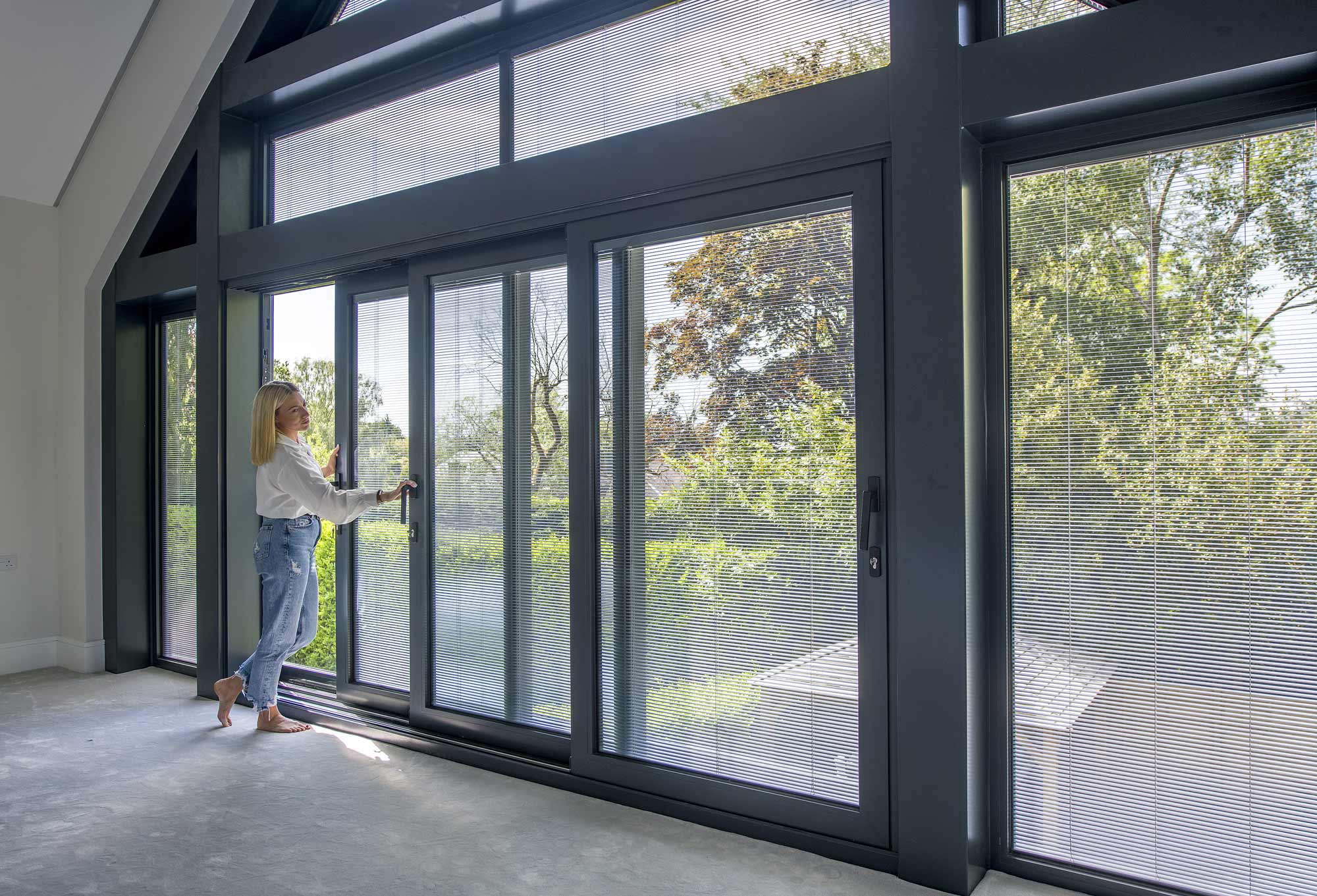LEEDS, UK, 17 November 2023 - Increased awareness among homeowners is driving interest in low U-value windows, a recent report by the BBC highlighted.
It told the story of how one Sheffield homeowner sought out triple glazing to replace their old double glazing to achieve savings on energy bills and improve comfort. They said their decision to choose triple over the double glazing, despite some local installers being insistent it was unnecessary, has paid big dividends.
Despite the current Building Regulations in England & Wales only demanding a U-value of 1.4 W/m2K or below, as this BBC story highlighted, many people are prepared to invest in going beyond the minimum performance requirements in their window and door replacement projects if it means creating a better quality home.
The thermal standards for windows and doors in future Building Regulations are yet to be decided, but some industry commentators are predicting that the U-value could drop to 0.8 W/m2K within the next couple of years. The latest Approved Document L in England & Wales, which was published in 2021 and amended in 2023, saw only a relatively minor drop in the maximum permissible U-value for windows, reducing to 1.2 from the previous 1.4 W/m2K level. But the general trajectory of thermal performance levels is undeniably downward.
The good news for homeowners who are striving for better is that the choice of glazing products available for windows and doors offering the lowest possible U-values is comprehensive and growing all the time. Triple glazing has long been regarded as fundamental for UK homes to become radically more energy efficient and enable the government to achieve its net zero carbon by 2050 target, but it is not the only way to upgrade the performance of windows and doors.
Double glazing with U-values of 1.0 W/m2K and lower can already be manufactured using today’s advanced glass products. One such product is Planitherm One from Saint-Gobain Glass, which features a unique coating on the glass to reduce heat transferring from inside to outside, as well as to control levels of solar gain to prevent homes overheating in summer.
Planitherm One is proven in the market, offering excellent clarity and light transmission, and it can be used in all types of windows and doors, including conservatories. It has been widely used in double glazed units for years and is increasingly being incorporated in triple glazed units to offer an ultra-low U-value of just 0.7.
Products such as Planitherm One, and its sister-product Planitherm Total Plus, which is the UK’s most popular glass product of its kind for compliance standard double glazing, have played an important role in enabling the window industry to comfortably achieve improved performance across the board.
Versatile and effective glass products for double and triple glazed like Planitherm give ambitious customers viable options for achieving their ‘better than compliance’ goals, unlike emerging products such as vacuum glazing. Whilst these new glass products offer amazing potential, they are prohibitively expensive and are unlikely to gain mass market penetration.
The versatility of Planitherm is further demonstrated through its suitability for integral blind units. These are double or triple glazed units where a Venetian or pleated blind is encapsulated within the cavity, offering a sleek shading and privacy solution that stays pristine throughout a long, virtually maintenance-free service life.
Morley Glass, the UK’s largest manufacturer of bespoke integral blinds made using the world’s leading systems, ScreenLine®, uses Planitherm in many of its products. The combined performance provided by Planitherm glass and the integrated shading system enables low U-values to be achieved, making it ideally suited to next generation homes which are optimised for energy efficiency as well as comfort and aesthetics.
More information on choosing the right glass for low U-value windows and doors can be found at www.morleyglass.co.uk.
ENDS


